Dining with the Famous and Infamous
Dining with Destiny Series
as part of the Rowman & Littlefield Studies in Food and Gastronomy
General Editor: Ken Albala, Professor of History,
University of the Pacific (kalbala@pacific.edu)
Rowman & Littlefield Executive Editor:
Suzanne Staszak-Silva (sstaszak-silva@rowman.com)
The volumes in the Dining with Destiny series explore food biography, examining the private eating lives of icons from across the span of literature, art, music, politics, and revolution. If youve ever wondered what Lenin lunched on, whether George Orwell really swigged Victory Gin, or if theres such a thing as a Freudian supper, then the Dining with Destiny series is for you. Behind every great man and woman is a great meal. Their peccadilloes are explored anecdotally against the backdrops of history and culture, with accompanying recipes. Taste the disconsolate marriage of Marilyn Monroe to Arthur Miller, make red gravy and pasta Sinatra-style, or shake up the kind of chocolate malted that Woody Allen likes. How about a banana sandwich with Queen Elizabeth? Or a road trip picnic with Hemingway and F. Scott Fitzgerald?
Dining with Destiny is not just for all the foodies out therethe night-time cocoa will lie forgotten as you realize that Malcolm X entered the civil rights movement by rejecting anything piggy on his plate and as the Swinging Sixties are revealed through the hedonism and hashish cookies of Mick Jagger and Bob Dylan. The reader will dream of sitting at the table prepared by Hitchcock, Nelson Mandela, or Picasso. But beware: Dals lobster in chocolate sauce means that he has a desire to sleep with you rather than paint.
Each of these figures took part in landmark historical and cultural events that have shaped and defined our way of lifebut they also had to eat. Now it is time to reveal the real man by looking in his fridge to discover what makes him a revolutionary, a hero, a rogue! Dining with Destiny lets you taste whats on Darwins fork.
Dining with the Famous and Infamous
Fiona Ross
ROWMAN & LITTLEFIELD
Lanham Boulder New York London
Published by Rowman & Littlefield
A wholly owned subsidiary of The Rowman & Littlefield Publishing Group, Inc.
4501 Forbes Boulevard, Suite 200, Lanham, Maryland 20706
www.rowman.com
Unit A, Whitacre Mews, 26-34 Stannary Street, London SE11 4AB
Copyright 2016 by Rowman & Littlefield
All rights reserved. No part of this book may be reproduced in any form or by any electronic or mechanical means, including information storage and retrieval systems, without written permission from the publisher, except by a reviewer who may quote passages in a review.
British Library Cataloguing in Publication Information Available
Library of Congress Cataloging-in-Publication Data
Ross, Fiona, 1966
Dining with the famous and infamous / Fiona Ross.
pages cm. (Rowman & Littlefield studies in food and gastronomy. Dining with destiny)
Includes bibliographical references and index.
ISBN 978-1-4422-5225-7 (cloth : alk. paper) ISBN 978-1-4422-5226-4 (electronic)
1. Cooking. 2. CelebritiesMiscellanea. 3. AntiheroesMiscellanea. 4. Food habitsHistoryMiscellanea. 5. Food in popular cultureHistoryMiscellanea. I. Title.
TX714.R6745 2016
641.5dc23 2015024476
 The paper used in this publication meets the minimum requirements of American National Standard for Information SciencesPermanence of Paper for Printed Library Materials, ANSI/NISO Z39.48-1992.
The paper used in this publication meets the minimum requirements of American National Standard for Information SciencesPermanence of Paper for Printed Library Materials, ANSI/NISO Z39.48-1992.
Printed in the United States of America
I would like to dedicate this book to these special people,
lost and found, and their food:
Olive Buckets Heart Pie
Elsie Turners Stovies
Alastair Rosss Pizza
Jimmy Turners Hogmanay Shandy
Rachel McWalters mugs of Mellow Birds (plus toast and raspberry jam)
Moira Rosss Kenyan Beef Curry
Angeline Levys Sole-in-a-Drawer
Glenys Sangers Welsh Cakes
Agnes Kasules Matoke (plus a glass or two of Waragi)
Sarah Parrys Plum and Brandy Tart...
Heres tae us; whas like us?
Damn few, and theyre a deid!
Robbie Burns
Contents
Acknowledgments
L ike all books, this one is indebted to many people. I want to thank my kindly and talented editor, Ken Albala, for his advice and support. The library staff in the hot and dusty Upper Reading Room of the Bodleian Library has been wonderful, carting endless volumes of peculiar books from deep down in the stacks. Thank you to my dear friend Gillian Harrison for introducing me to the Bodleian and for all her fine companionship there in the golden hours. Thanks to Moira and Alastair Ross for their huge delight in undertaking ancillary research on food. Id also like to thank Margaret and Ken Conway for letting me curry a goat in their kitchen; Shelley Cooper for helping me cook a suckling pig on a makeshift spit in her back garden; and the Allen and Harris property-letting agency for allowing me to marinade the aforementioned pig in the bath of the flat they rented to me. To Mary Birtill and Irene Tominey, I owe a debt for inspiring me with the Going Foot, as I do to all my Camino friends for walking the way with me. Jane Ganly has been a great help with ICT advice and her intimate knowledge of chocolate; also to Nathan Shelton of Bread and Butter Creative, I owe eternal thanks for all his wonderful design work on my website and blog. To Yorick, Roberta, and Louise, I would like to express gratitude for all those mad dining experiments in the Allam Street kitchen, and I must also thank Jean and Richard Haigh for advice on the vast subject of vegetables. Thank you, Emily Gray, for letting me camp in your attic. Thanks to Titch Hughes for showing me how to zip up! Id like to send a kiss to Roisin Ross for teaching me how to love, swim, and be a mum, and also for being my best girl forever. May you always have a bubble bath with the dog.
Finally, Id like to express deep-hearted thankfulness to my dear husband and best friend, Gareth Sanger, for all the immense generosity, love, and belief he has shown in giving me a room of my own and 500.
Introduction
A book about food begins with the writers taste buds; close up, they look like something youd find waving in a rock pool, but taste buds are, in fact, little rocket launchpads of delight. So, without forgetting my nose and its wonderful olfactory abilities, let this book begin with my taste buds!
Being brought up in North East Scotland in the 1960s and 1970s, a world where middle-class women still cooked and their side-burned husbands worked, it was in my mothers and grandmothers kitchens that I first discovered food. Like lots of women who were manacled to the kitchen sink in the 1960s, my mother, Moira, poured every ounce of the opera singerlawyerartistwriterscientistburlesque dancer she might have been into crayfish bisques, duck ballotines, and Peasant-Girl-in-a-Veil plum puddings. Try this, she would say, holding out a whisk clouded with sherried, whipped cream. And I knew it not only tasted delicious but also was the stuff of dreams. She seemed the very opposite of my staunchly religious Brethren grandmother, Olive Bucket, who wore thick, tan tights and a variety of ladies wigs, and who decorated the inside of her house in shades of peach. But from Olives kitchen, too, came moist coconut towers, rhubarb crumbles, and miracles of pies, with buttery, crumbling crusts and steaming, savory cores. If these pies reflected her inner life, Olive Bucket was the Mata Hari. When Olive passed away, quietly and respectably, her food vanished with her; she had never written down a single recipe. It was up to me to try to rediscover the lost tastes and smells of Olive Buckets kitchen.

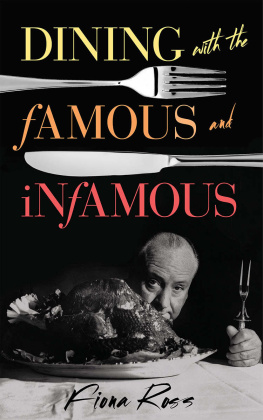




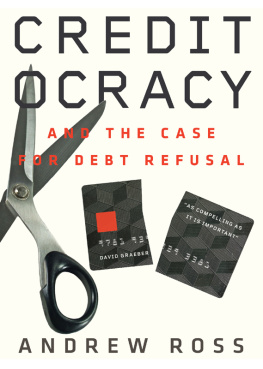



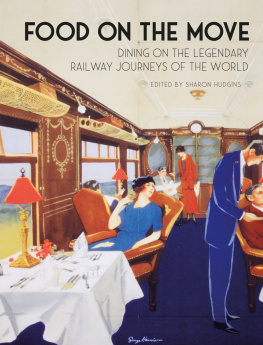
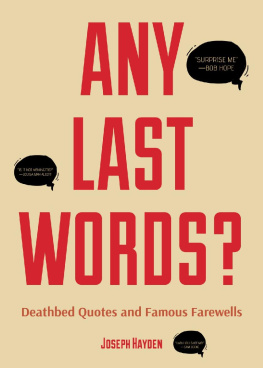
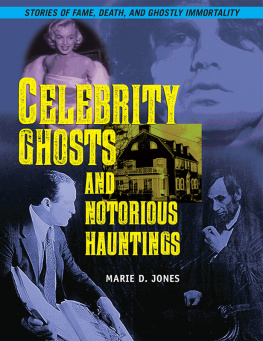
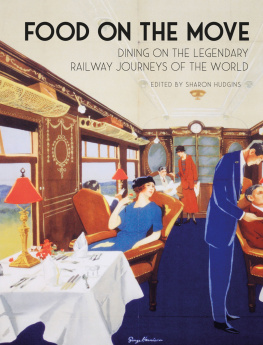
 The paper used in this publication meets the minimum requirements of American National Standard for Information SciencesPermanence of Paper for Printed Library Materials, ANSI/NISO Z39.48-1992.
The paper used in this publication meets the minimum requirements of American National Standard for Information SciencesPermanence of Paper for Printed Library Materials, ANSI/NISO Z39.48-1992.